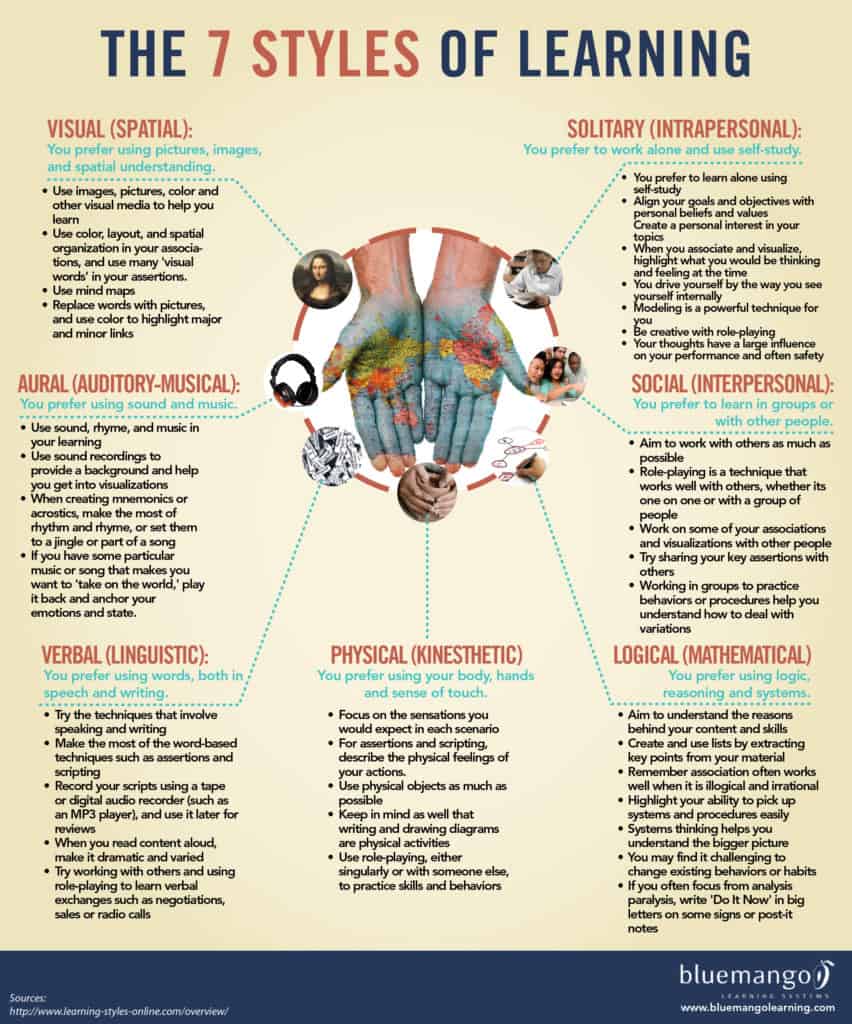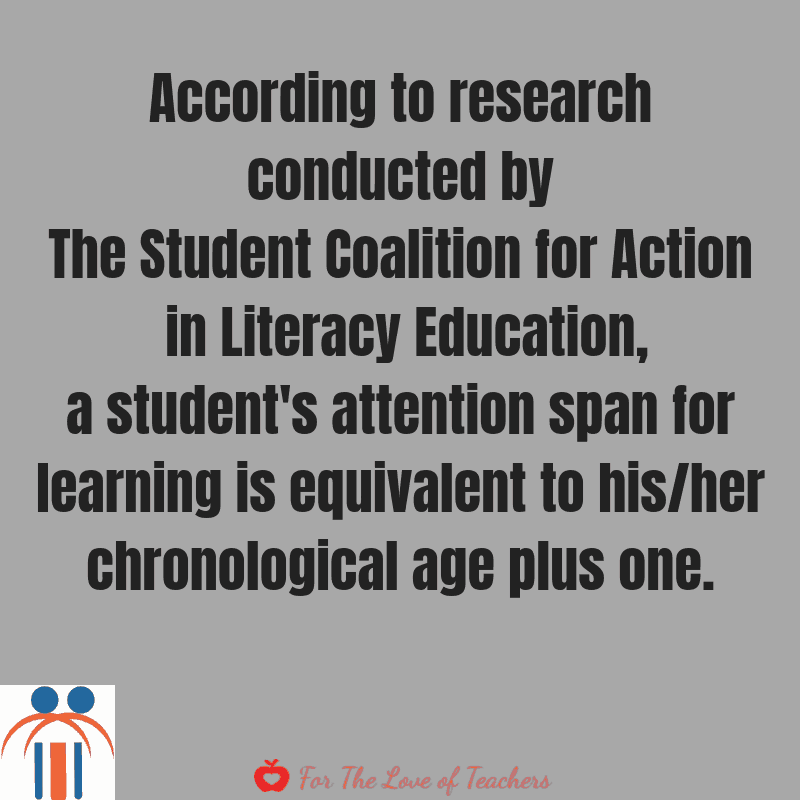One thing I know about lesson plan design is that if it doesn’t get you excited, it’s definitely not going to get your students excited. There were many times that I literally jumped out of bed in the morning before school started because I was super excited about the killer lesson that I had planned for my students that day. The one that I knew would engage them and take their learning to a whole other level. I talk about this in detail in my post, It’s Showtime! Increasing Student Engagement To A Whole Other Level. “Showtime lessons” are lessons that I call interactive, super engaging and just downright fun. They are the ones that get your students’ attention and get them thinking and talking. They make your students thirsty for more. They give your students the experience and shows, not tells. These are the lessons that make your students WANT to come to school and increases student engagement to a whole other level. Check out my post for some of my showtime lessons.
Now of course not all lessons can be showtime lessons. I mean let’s be real. Teachers don’t always have the time or the resources to put on a “showtime” lesson every day, in every period, for every subject. It’s just not possible. But there are other ways to plan your lessons so your students are not hitting the “mute” button while you teach. Thoughtful Teacher, a classroom management model designed to transform the way teachers manage their students, suggests some practical dos and don’ts for lesson plan design.
Do’s |
Don’ts |
Time lessons to suit students’ attention span |
Create long lessons or parts of lessons that fail to account for students’ attention spans. |
Create engaging lessons for students to include:· Student presentations· Cooperative learning groups· Internet explorations· Group presentations |
Design lessons that include:· Long lectures· Meaningless worksheets· Massive amounts of rote learning activities· Excessive amounts of reading passages followed by multiple choice/constructed response questions |
Thoughtful Teacher: 10 Steps to Effective Classroom Management, p. 19
When designing lessons be sure to “chunk” lessons to accommodate student attention spans (Thoughtful Teacher, p. 18). For example, 8-year-old students would have an attention span of 9 minutes. Often times, lessons tend to go over the time limit that students can actually withhold their attention. As a result, students lose focus and behavior problems arise.
Other things to keep in mind while designing your lessons are the learning styles and interests of your students. As you get to know students and build relationships, this should become more clear and easier to implement into your lesson plan design.
Auditory: Prefers sound and music.
Linguistic: Prefers using words, both in speech and writing.
Kinesthetic: Prefers using the body, hands, and sense of touch.
Logical: Prefers using logic, reasoning, and systems.
Interpersonal: Prefers to learn in groups or with other people.
Intrapersonal: Prefers to work alone and use self-study.

Snag some FREE learning styles surveys here to help you identify the learning styles of your students.
Knowing your students’ interests gives you more opportunities to tap into their gifts/talents and their greater potential. I had a student fascinated with outer space, and another with antique cars. They wrote many non-fiction books teaching others about what they knew and what they loved. I had many avid readers, one who wanted to read all he could about American history. He created and presented fantastic reenactments of important events in history for the class. I had a group who was really interested in theater, so we put on quite a few skits that tied into the literature we were reading. I had students who thrived while sharing their interests in group work, projects, and presentations, while others worked best independently on what they loved. The possibilities are endless when you tap into your students’ interests and implement them into your lesson plan design. So, find out what your students:
-
Enjoy doing outside of school (hobbies and interests)
-
What they love to read
-
How they feel about different subjects
-
What their hopes and dreams (goals) are
-
Favorites (movies, music, food, etc.)
-
Fascinations/passions/curiosities
Check out these FREE student interest surveys here to get started in learning more about your students’ interests.
When you know your students learning styles and tie in their interests, your lesson plan design will explode with creativity, differentiation and student engagement. Boom! The magic begins!
So, what do you think, does your lesson plan design need a makeover? If so, don’t be afraid to make some changes that will get both you and your students pumped up for learning.
If you think that Thoughtful Teacher is for you because you need or want support in classroom management then reach out to your admin about the benefits of Thoughtful Teacher. Don’t be afraid to ask for support or to educate them! For more information visit www.thoughtfulteacher.org. If you have any questions, you can contact info@thoughtfulteacher.org.
Need support? Visit the Forums to ask questions, share ideas and products.
Follow me to be notified when new resources are uploaded to the Shop and join the email list to receive the latest and greatest updates, posts, and monthly freebies!!
If you like it, then pin it!



Christine Weis is a passionate educator, classroom management coach, wife, and mom of two busy boys. She enjoys teaching, writing, and creating resources for teachers.









This is good information! I’m going to be homeschooling my children since the nearest school is 3 hours away, and I love these tips. This is going to help me a lot, I like how you broke it down like this
The nearest school is 3 hours away? Where do you live? I’m so glad that you can use this and find this post helpful. Homeschooling is not easy! I hope you’ll come back and visit my site for what you may need in the future. Thanks for reading!
Christine at For The Love of Teachers
My mom is a new teacher (go Mom!) and still struggles with keeping up on lesson plans – she gets so stressed over them. This sounds like a great tool!
Yes…Go MOM!!! Lesson planning is really difficult, especially when differentiating for students. I hope she finds this post helpful. Thanks for reading!
Christine at For The Love of Teachers
A revamp can make such a difference! I know when I change up my organization game, things are fresher and better!
Exactly! A revamp is good for all! Thanks for reading!
Christine at For The Love of Teachers
Teachers are a treasure. This post was very interesting and I bet you are the best teacher ever for considering your students’ attention span, how they learn, etc. I definitely fall under the kinesthetic-type student. I’ve always learned best with hands-on projects in school. My son is the same.
Thank you so much! I truly believe that teachers need to take all of this in account when designing lessons. We often assume that students act out because they have “behavior problems” but we need to reflect on how we plan and deliver lessons to meet the needs of all our students. Thank you for reading and for your thoughtful comment. 🙂
Christine at For The Love of Teachers
I am not a teacher. But this looks very useful. I’ll pass it on to my teacher friends.
Thank you…please do share! Thanks for reading!
Christine at For The Love of Teachers
I’m not a teacher, but I wish some of my teachers in the past had access to this post! I love the part regarding the different learning styles. I think understanding that alone makes a huge difference in the process of learning. Thanks for sharing your knowledge!
-Madi
http://www.everydaywithmadirae.com
Thank you so much! Identifying and understanding learning styles is so very important for student learning. I think that this many go overlooked sometimes. Thanks for reading!
Christine at For The Love of Teachers
This is such a helpful post! My husband teaches in our homeschool co-op and I know this will help him tremendously in planning his classes! Thank you!
That’s fantastic! I hope it helps! Thanks for reading!
Christine at For The Love of Teachers
Honestly this advice could translate to teaching adults as well. I feel like our phones and technology have decreased our attention spans, and we need to take this into consideration in every type of job.
What a great point! I completely agree. Technology can be a blessing and a curse at the same time for all of us. Thanks for reading!
Christine at For The Love of Teachers
I’m not a teacher, but as an online instructor for my own courses, I find that design really does go a long way to help. A lesson looking appealing can’t be a bad thing
Exactly! Thanks for reading!
Christine at For The Love of Teachers
This is a really helpful post. I will have to share this with my sister since she is a new teacher and I believe she could use some tips in her lesson plans.
I’m glad! Please do share! I hope it helps her! Thanks for reading!
Christine at For The Love of Teachers
Your post, as well as the links you posted here, are very valuable resources to help teachers both to sustain their students’ attention and to help them learn. I especially like the idea of investing in each student and also to conduct surveys about students’ interests to help cultivate better lesson plans!
Thank you Patricia! I hope this post will help many teachers with their lesson plan design. It’s so important to keep in mind students’ attention span, learning styles and student interests. It goes such a long way. Thanks for reading!
Christine at For The Love of Teachers